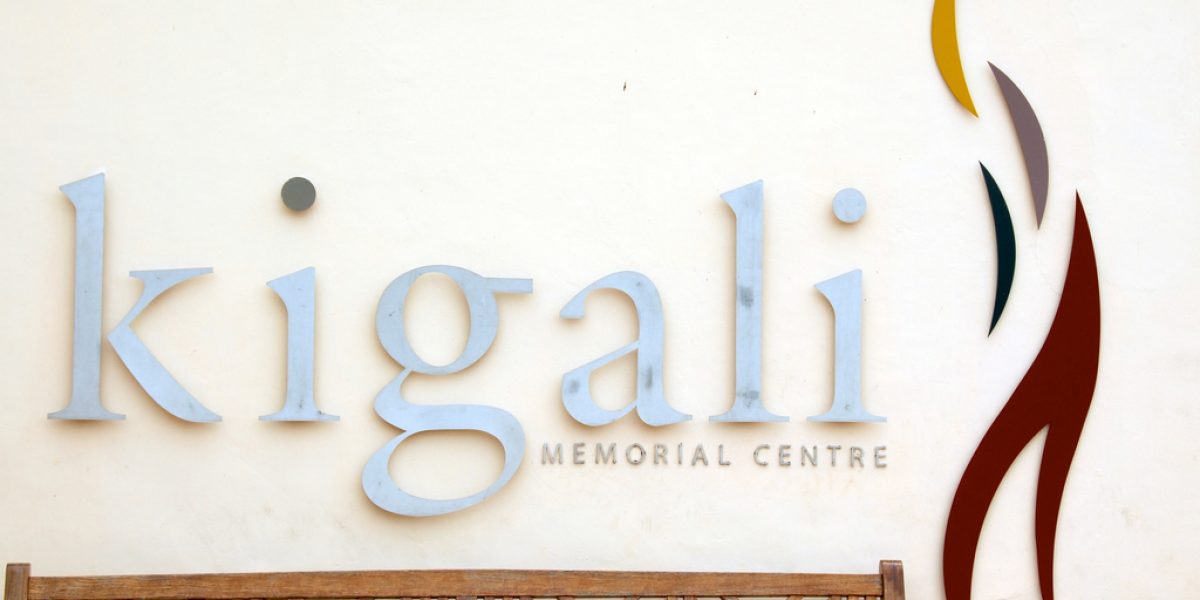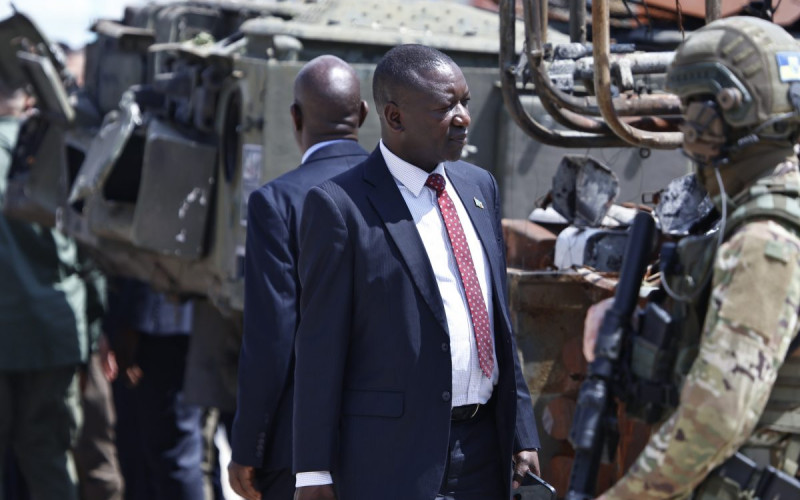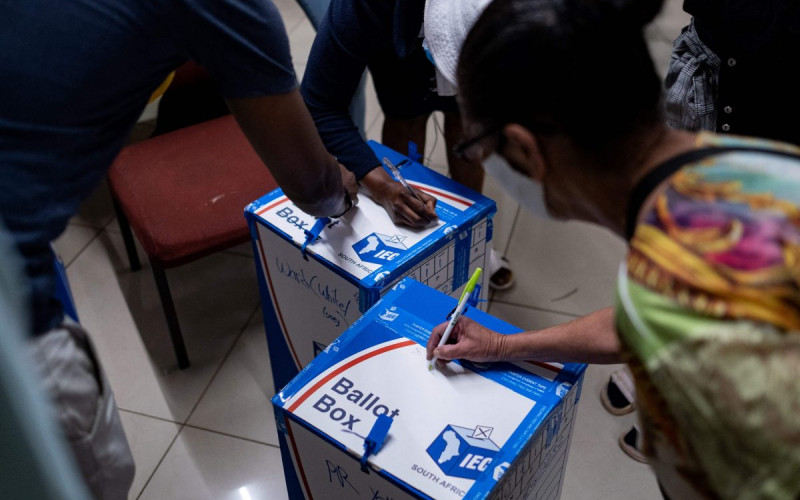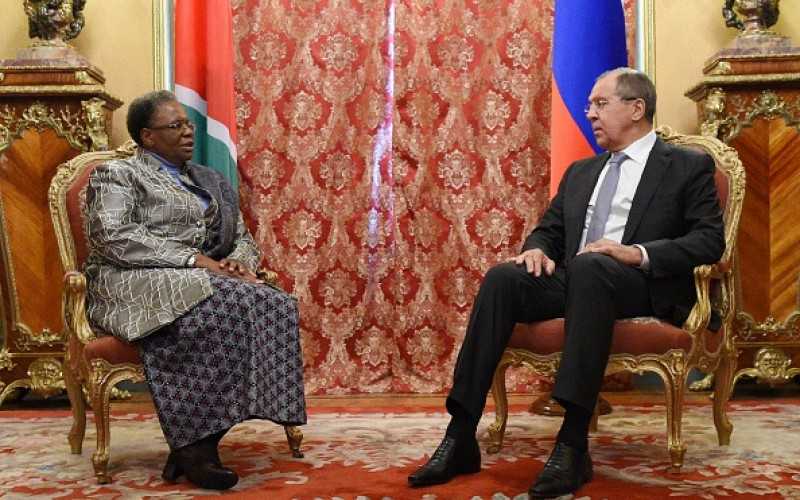The mountains are beguiling. Volcanic and tropical, they teem with life: bearded colobus monkeys, a hundred kinds of butterflies and twice as many tree species all in a space scarcely larger than Lesotho.
Banana groves slide off the slopes. As the hills slip by it is tempting to forget the secrets they hold. But in Rwanda, forgetting is impossible.
This was my first trip in “Africa”, as we from South Africa like to call the rest of our continent. I started in Kenya, confronting what my country tried for 350 years to separate itself from: the African experience.
For years I had Kenyan and Ugandan acquaintances who made me feel guilty for the xenophobic tendencies of my countrymen. They reminded me constantly of the sacrifices their countries made to assist our struggle against apartheid. They made me, a black South African woman, feel as if I owed them something. Maybe I do.
Kenya and Uganda are vibrant, sensuous, crumbling. Their bustling cities and broken roads play to curiosity, bemusement and, to a degree, affinity.
But Rwanda is different. Against the chaos of Kenya and Uganda, there is a calm to Rwanda. Traffic moves at a seemingly different pace. The roads are smoother. Perhaps it is the eeriness of confronting a horrific past that is immediately, palpably present, but Rwanda feels more contemplative.
Rwanda is about to commemorate 10 years since its previous government incited a frenzy of ethnic genocide that consumed an estimated 800 000 people. At that very horrible moment, thousands of kilometres to the south, we were counting down the final tense days to our first democratic election.
While we were dancing in the streets, Rwandans were hunting down their neighbours, their brothers, their own wives and children in the maize. While we held the world in rapture, the world turned its gaze away from Rwanda.
On my first ride through Rwanda’s countryside, celebrating a decade of democracy felt like desecrating the memory of the dead. Sitting on the bus, I felt I had intruded on a private affair. I could never pretend to understand the pain of those in the seats next to me. I am fortunate; the closest I ever came to the atrocities of the apartheid era was when people came forward at the Truth and Reconciliation Commission to recount their stories of loss and suffering.
After a decade of democracy, we in South Africa are shielded by a veil – a strong and encompassing Constitution that makes it slightly easier to pretend that apartheid is dead and buried. But in Rwanda that veil does not exist. It is no longer official policy to label people Hutu or Tutsi, to force them to carry identification cards the way the apartheid governments made black South Africans carry passes. But there is nothing to soothe the fears of ordinary Rwandans.
The drive from Katuna border post to Kigali took about an hour, and in that time I tried to concentrate on the amazing slopes, the cool mountain air. But the past kept filtering through.
As we neared the capital, one of my travel companions asked me what I would like to see in his city. I couldn’t say what I wanted to see: the genocide memorials. I wasn’t sure if I could say the ‘G word’ out loud in a bus loaded with Rwandans, so I just smiled.
As the road made a final descent into Kigali, my other companion, also Rwandan, tugged at my sleeve and said: “Genocide.”
For a horrible second I thought we had stumbled upon a fresh outbreak of violence. His half smile told me otherwise. Off to the right stood a genocide memorial. That simple gesture broke the ice for me. I understood that I could satisfy my curiosity openly without inciting anyone.
On my second day in the country we drove south from Kigali to Gitarama province, where some of the worst of the killing occurred. Our first stop was a memorial in the district of Kibagali, where human skulls and bones were neatly stacked on glass shelves – the silent, faceless remnants of husbands, wives and children.
Later that day, we attended a preliminary hearing of a gacaca, a traditional court where perpetrators and victims resolve their differences before the community and a panel of eminent persons. Rwanda has revived gacacas in a national experiment in social healing and reconciliation.
About 60 residents congregated under a few trees in an open patch of ground next to some houses. Sixteen people sat in judgement. As my companions and I found comfortable spots in the field, the chairman of the panel called out the name of a victim.
He asked if anyone gathered there knew how the man had died. Silence. No hand went up. Finally, one of the panelists stood up in anger and said it was impossible that no one had witnessed the killing. She knew, she said, specific people present at the sitting who should have seen the incident.
Provoked by further silence, she gave her own chilling account of how dogs were set on the victim, chasing him through the village until he finally lost the fight for his life.
She then pointed out an elderly man as having witnessed the chase. She accused the man, describing how he continued harvesting beans as the horror unfolded nearby. Dispassionately, the old man acknowledged that he had been tending his garden at the time in question, but said he did not see anything.
I was stunned. Such passivity is incomprehensible, even for one from a country where crowds gathered to watch gruesome killings perpetrated in the guise of mob justice.
Across Rwanda billboards promoting gacaca proclaim: “The truth heals. Let’s tell what we saw. let’s confess to what we did. This will heal us.” I wonder. The success of the gacaca system relies heavily on people volunteering information, being honest about what they did and what they saw.
It was the same in South Africa. We offered amnesty in exchange for the truth. By trading stories we hoped to find reconciliation.
Who can yet say if it has worked? Our society is still fragile and fragmented.
Who can say if it will work in Rwanda? The reality of this country is that many ordinary people were incited by the government to kill and there is not enough time to try them all or space to imprison them.
But how do you learn to trust a man who picks beans while his neighbours are slaughtered? Will confessions and finger-pointing in open-air tribunals enable Rwandans, the most Roman Catholic of Africans, to forgive?
A few days later, once again at the Katuna border, I crossed back into Uganda riding on a boda boda, a bicycle taxi. As the cyclist picked his way through the clog of people and cars, trying his best to avoid the bumps and potholes, I thought of Rwanda’s own uncertain road to recovery. The obstacles they face are revenge and resentment.
Ten years after the killings, the country’s name is still synonymous with genocide. Perhaps, though, if Rwandans steer their course as we in South Africa did ours, the hills of their homeland may in time reveal a new story, a tale of hope.






